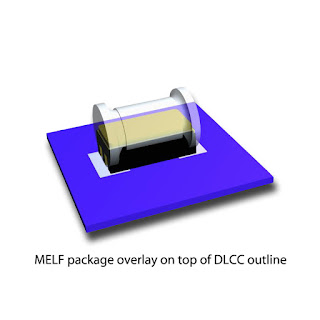Do's and Don'ts for PCB Layer Stack-up

Each day the electronic gadgets complexity increases with the miniaturization requirements, boards are becoming much denser. Multilayer PCB technology can satisfy today’s miniaturization board requirement. Multilayer PCBs has more than two layers of PCBs, arrangement of layer should be done with great care because inefficient layer arrangement will lead to the noisy board with unexpected performances. This article addresses the layer stack-up basics and the general layer stack-up considerations. 2 . Layer stack-up basics Layer stack-up specifies the proper arrangement of circuit board layers for multilayer boards before starting board layout design. Stack-up mainly defines which layers should be solid power and ground planes, the substrate (dielectric constant), and the spacing between layers. While planning a layer stack-up, also compute the desired trace dimension and minimum trace spacing. SIDE VIEW Multilayer boards ...



